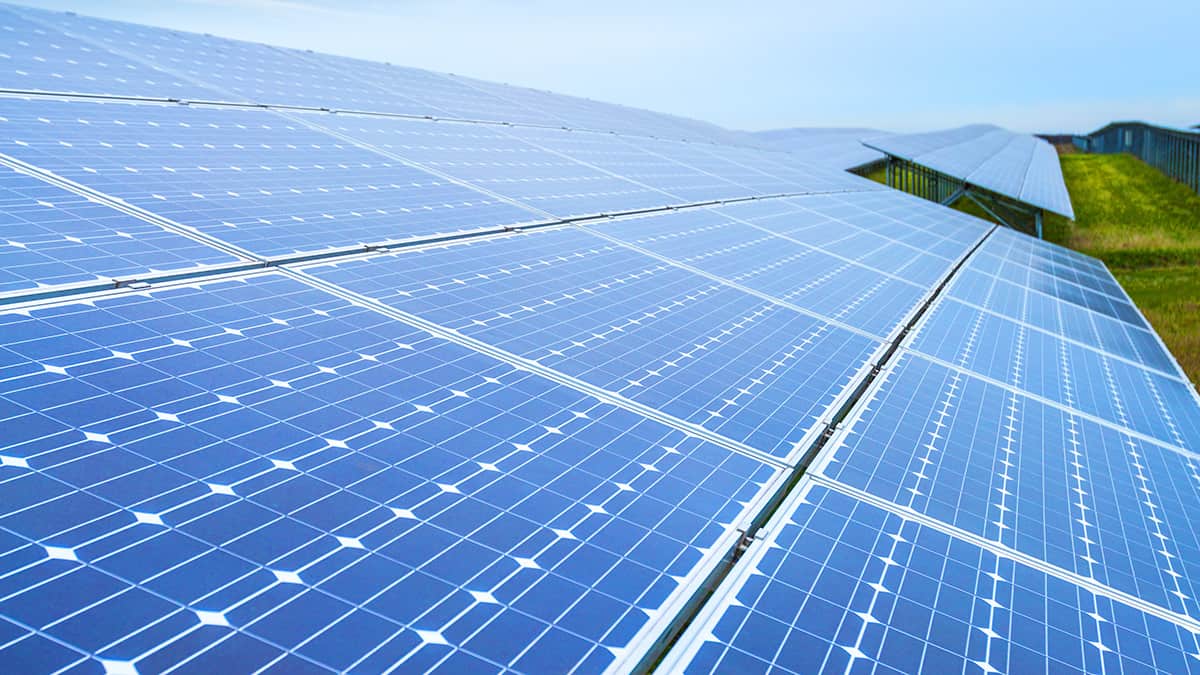How Do Solar Panels Work? - Photovoltaic Cells - Live Science


What Are Solar Panels Made Of?

Texas solar panels set to take off after grid collapse — Quartz
The Definitive Guide to NYC Department of Buildings: Solar Panels - NYC.gov
Solar PV modules installed on a roof A photovoltaic panel, or photo-voltaic (PV) module, is an assembly of photo-voltaic cells mounted in a framework for setup. Click Here For Additional Info utilize sunshine as a source of energy to generate direct existing electrical power. A collection of PV modules is called a PV panel, and a system of panels is a selection.
History [edit] In 1839, the ability of some materials to create an electrical charge from light exposure was very first observed by Alexandre-Edmond Becquerel. Though the best photovoltaic panels were too inefficient for even easy electrical gadgets they were utilized as an instrument to determine light. The observation by Becquerel was not duplicated again till 1873, when Willoughby Smith found that the charge could be brought on by light hitting selenium.

In 1881, Charles Fritts developed the very first industrial solar panel, which was reported by Fritts as "constant, constant and of considerable force not just by exposure to sunlight however likewise to dim, diffused daytime." However, these solar panels were very inefficient, particularly compared to coal-fired power plants. In 1939, Russell Ohl created the solar cell style that is used in numerous contemporary solar panels.
In 1954, this style was first utilized by Bell Labs to produce the very first commercially practical silicon solar cell. In 1957, Mohamed M. Atalla established the procedure of silicon surface passivation by thermal oxidation at Bell Labs. The surface area passivation process has because been crucial to solar battery effectiveness. Theory and building [edit] Photovoltaic modules utilize light energy (photons) from the Sun to create electrical energy through the photovoltaic effect.
Not known Details About NYC Department of Buildings: Solar Panels - NYC.gov
The structural (load carrying) member of a module can be either the top layer or the back layer. Cells must be protected from mechanical damage and moisture. The majority of modules are rigid, but semi-flexible ones based upon thin-film cells are also available. The cells are usually linked electrically in series, one to another to the desired voltage, and after that in parallel to increase existing.
/house-with-solar-panels-174673282-ab883d486cb043a985efd2f5020381d0.jpg)
6 Ways To Improve Solar Panel Efficiency And Output - Surple
The manufacture requirements on photovoltaic panels are obtained under basic condition which is not the real operating condition the solar panels are exposed to on the setup website. A PV junction box is connected to the back of the solar panel and operates as its output user interface. External connections for most photovoltaic modules utilize MC4 adapters to assist in simple weatherproof connections to the rest of the system.
